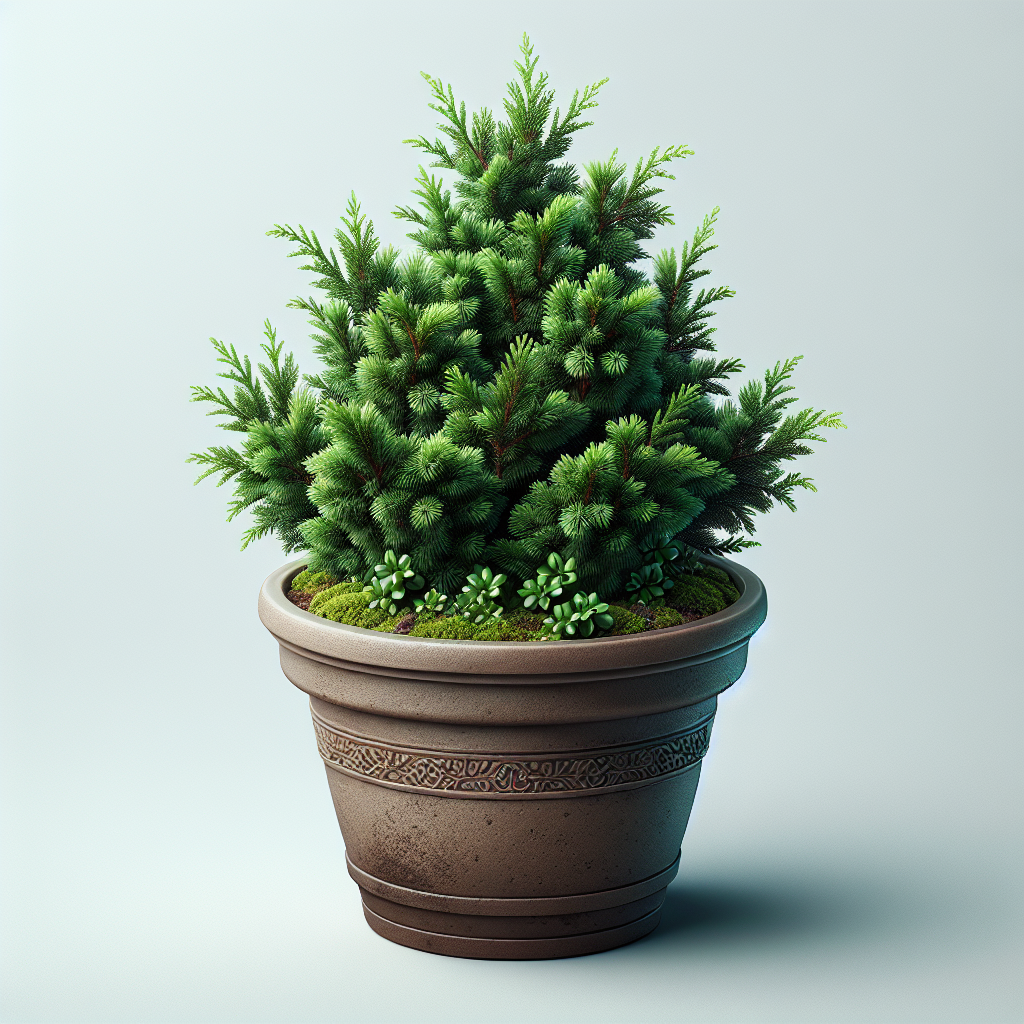If you are looking to add some greenery to your home but lack outdoor space, growing a juniper in pots can be a great solution. Junipers are versatile evergreen trees that can thrive in containers, making them the perfect choice for those with limited space. With the right care and attention, you can achieve success with junipers in pots and enjoy their beauty year-round.
Choosing the Right Juniper Variety
Before you start growing junipers in pots, it’s important to choose the right variety for your space and climate. There are many different types of junipers available, so take some time to research which variety will best suit your needs. Some popular choices for container growing include Blue Star Juniper, Gold Lace Juniper, and Japanese Garden Juniper.
When selecting a juniper variety for potting, consider factors such as size, shape, and color. Some junipers are compact and slow-growing, making them ideal for smaller containers. Others have a more upright growth habit or striking foliage colors that can add visual interest to your outdoor space.
Preparing the Pot
Once you have chosen the right juniper variety, it’s time to prepare the pot for planting. Select a container that is large enough to accommodate the roots of your juniper but not so big that it will drown out the plant. Make sure the pot has adequate drainage holes to prevent water from pooling at the bottom.
Fill the pot with well-draining soil mix specifically designed for container plants. You can also add some gravel or perlite to improve drainage and prevent root rot. Place a layer of stones or broken pottery at the bottom of the pot to further enhance drainage.
Planting and Caring for Your Juniper
When planting your juniper in a pot, make sure to gently loosen its roots before placing it in the soil mix. Position the plant in the center of the pot at about the same level it was originally planted in its nursery container. Fill in any gaps around the roots with additional soil mix and gently pat down to secure the plant.
Water your newly potted juniper thoroughly after planting and continue to keep an eye on its moisture levels. Junipers prefer slightly dry conditions once established, so be careful not to overwater them. Allow the top inch of soil to dry out between waterings, especially during hot summer months.
Junipers also benefit from regular feeding during their growing season. Use a balanced fertilizer formulated for evergreen trees and follow package instructions carefully. Avoid feeding during winter months when plants are dormant.
Pruning and Shaping Your Juniper
Junipers respond well to pruning and shaping, making them highly adaptable for container growing. Regular pruning can help maintain a neat appearance and encourage new growth on your potted juniper.
To prune your juniper, use sharp shears or scissors to trim back any overgrown or dead branches. Shape your plant by cutting back branches that are out of place or creating an uneven silhouette. You can also prune lightly throughout the year to promote bushier growth and maintain an attractive shape.
Protecting Your Juniper from Pests and Diseases
While junipers are generally hardy plants, they can still fall victim to pests and diseases if not properly cared for. Keep an eye out for common issues such as spider mites, scale insects, or needle blight on your potted juniper.
If you notice any signs of pest infestation or disease on your plant, take immediate action to address them before they spread further. Insecticidal soap or neem oil can be effective treatments for common pests like spider mites or scale insects. For fungal diseases such as needle blight, remove affected branches promptly and dispose of them properly.
Winter Care for Your Potted Juniper
During colder months, it’s important to protect your potted juniper from frost damage by providing proper winter care. Move containers indoors or into a sheltered area if temperatures drop below freezing for extended periods. Alternatively, wrap pots with insulating materials like burlap or bubble wrap to shield roots from cold temperatures.
Reduce watering frequency during winter months when plants are dormant but continue monitoring moisture levels occasionally. Keep an eye out for signs of stress such as yellowing foliage or wilting branches as these may indicate insufficient water levels.
With proper care and attention throughout all seasons of the year,
you can achieve success with growing junipers in pots.
Their vibrant green foliage will bring beauty
to your home year-round,
and their low-maintenance nature makes them
a perfect choice for even novice gardeners.
So why not give potted junipers a try
and enjoy their many benefits today?













